Home>Articles>What Size Mini Fridge Do I Need For A Kegerator
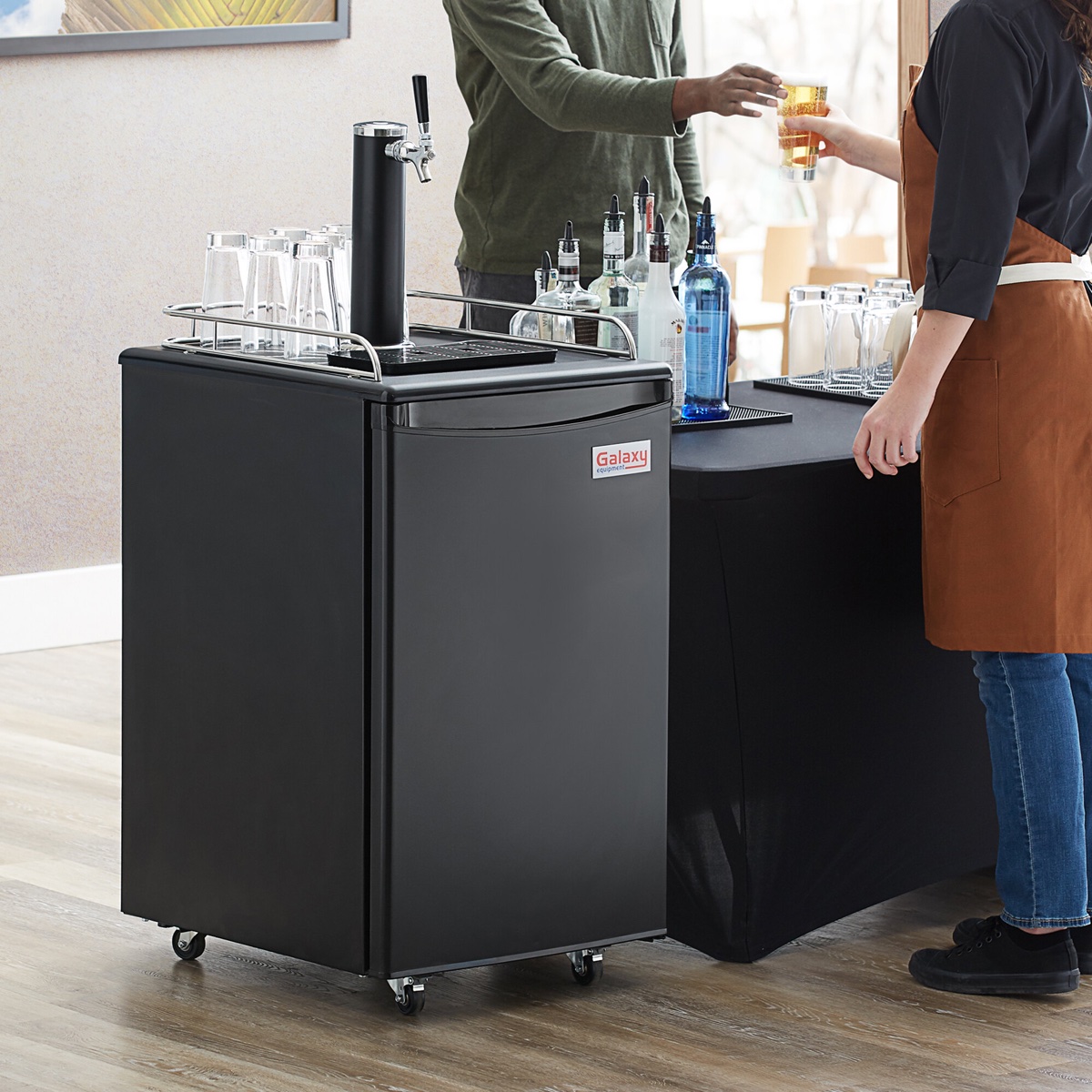

Articles
What Size Mini Fridge Do I Need For A Kegerator
Modified: February 27, 2024
Looking for articles on what size mini fridge is needed for a kegerator? Find all the information you need to make the right choice for your home bar setup.
(Many of the links in this article redirect to a specific reviewed product. Your purchase of these products through affiliate links helps to generate commission for Storables.com, at no extra cost. Learn more)
Introduction
Welcome to the world of kegerators! If you’re a beer lover and want to enjoy draft beer at home, then converting a mini fridge into a kegerator is the way to go. But before you start the conversion process, it’s important to determine the appropriate size of the mini fridge for your kegerator setup.
Choosing the right size mini fridge for your kegerator is crucial for ensuring optimal performance and functionality. Factors such as keg size, dimensions of mini fridges, and the space required for kegerator conversion play a key role in determining the perfect size for your needs.
In this article, we will explore these factors in detail, provide recommendations for mini fridge capacity, and discuss additional features to consider when choosing a mini fridge for your kegerator.
Key Takeaways:
- Choose a mini fridge size based on keg size, conversion space, and future expansion. Consider dimensions, capacity, and additional features for a functional and stylish kegerator setup.
- Prioritize keg size, conversion space, and additional features when selecting a mini fridge for your kegerator. Create the perfect draft beer experience at home with the right size and features.
Factors to Consider
When determining the size of the mini fridge needed for your kegerator, there are several key factors to consider.
- Keg Size: The size of the keg you plan to use is an important consideration. Common keg sizes include quarter barrel (7.75 gallons), half barrel (15.5 gallons), and mini kegs (typically 5 liters). Larger kegs will require a larger mini fridge to accommodate them.
- Dimensions of Mini Fridges: Mini fridges come in various sizes and designs. It’s essential to check the external dimensions of the mini fridge to ensure it can accommodate the desired keg size while leaving enough space for the necessary conversion components.
- Required Space for Kegerator Conversion: Converting a mini fridge into a kegerator involves installing additional components, such as a CO2 tank, beer lines, and a draft tower. These components may require extra space within the mini fridge. Make sure to account for this space when selecting a mini fridge size.
- Location and Available Space: Consider where you plan to place your kegerator and the available space in that area. Measure the dimensions of the designated space to ensure that the chosen mini fridge will fit comfortably without obstructing other items or appliances.
- Future Expansion: If you anticipate needing more than one keg in the future or plan to add additional components like a keg coupler or a dual-tap system, it’s wise to choose a slightly larger mini fridge to accommodate these future expansions.
By taking these factors into account, you can narrow down the size range of mini fridges that will suit your specific kegerator needs.
Keg Size
When it comes to kegerators, understanding the different keg sizes is essential in determining the appropriate size of the mini fridge. The most common keg sizes used in home kegerators are quarter barrel (7.75 gallons), half barrel (15.5 gallons), and mini kegs (typically 5 liters).
A quarter barrel keg is the ideal choice for small gatherings or personal use. It contains approximately 7.75 gallons of beer, which is equivalent to 82 12-ounce servings or 55 16-ounce servings. For a quarter barrel keg, you will need a mini fridge with a capacity of at least 4.4 cubic feet.
A half barrel keg is larger and is typically used for larger gatherings or parties. It holds around 15.5 gallons of beer, equivalent to 165 12-ounce servings or 110 16-ounce servings. For a half barrel keg, you will need a mini fridge with a capacity of at least 7.8 cubic feet.
Mini kegs, on the other hand, are smaller and perfect for personal use or a small gathering. They typically hold about 5 liters of beer, which is roughly equivalent to 14 12-ounce servings. For mini kegs, a mini fridge with a capacity of at least 1.2 cubic feet will suffice.
Consider the size of the keg you plan to use, taking into account the number of people you will be serving and the frequency of use, to determine the appropriate mini fridge size for your kegerator.
Dimensions of Mini Fridges
The dimensions of mini fridges vary depending on the brand and model. It’s essential to consider the external dimensions of a mini fridge to ensure it can accommodate the keg size you plan to use, as well as leave enough space for the necessary conversion components.
When examining the dimensions of a mini fridge, pay attention to the height, width, and depth. These measurements will determine if the mini fridge can house your chosen keg comfortably.
For example, a mini fridge with a height of 32 inches, width of 18 inches, and depth of 17 inches would typically fit a quarter barrel keg. However, it’s crucial to allow additional space for the conversion components, such as the CO2 tank and beer lines.
Keep in mind that the dimensions of the mini fridge should also align with the available space in your desired location. Measure the area you plan to place the kegerator and ensure the mini fridge will fit without obstructing any nearby furniture or appliances.
Additionally, consider the door swing of the mini fridge. Check if the door can open fully without any obstructions, as this will affect the accessibility of your kegerator setup.
By carefully examining the dimensions of the mini fridge, you can ensure that it will accommodate your desired keg size and fit comfortably in your designated location.
When choosing a mini fridge for a kegerator, consider the size of the keg you’ll be using. A standard half-barrel keg will require a larger mini fridge, while a quarter or sixth barrel keg can fit in a smaller one.
Required Space for Kegerator Conversion
Converting a mini fridge into a kegerator involves installing additional components, such as a CO2 tank, beer lines, and a draft tower. These components require space within the mini fridge, so it is important to consider this when selecting a mini fridge size.
One of the key components is the CO2 tank, which is necessary for pressurizing the keg and dispensing the beer. The size of the CO2 tank will vary depending on your setup, but it typically ranges from 5 to 20 pounds. Make sure to allocate enough space for the CO2 tank inside the mini fridge.
The beer lines, which connect the keg to the draft tower, also need to fit inside the mini fridge. Ensure that there is sufficient room for the beer lines to run without being cramped or kinked, as this can affect the flow of beer.
Another component to consider is the draft tower, which sits on top of the mini fridge and houses the beer taps. The size and design of the draft tower will vary, so ensure that there is adequate space above the mini fridge to accommodate it without any restrictions.
It’s important to leave enough space for these conversion components to ensure proper functionality and ease of use. Ideally, the mini fridge should have extra space to prevent the components from overcrowding, making maintenance and cleaning more challenging.
Before purchasing a mini fridge for conversion, consult the specifications and measurements of the components you plan to install to ensure they will fit comfortably inside the mini fridge. Taking into account the required space for kegerator conversion will result in a more efficient and user-friendly setup.
Read more: What Size Gutters Do I Need
Mini Fridge Capacity Recommendations
When it comes to selecting the ideal mini fridge size for your kegerator, it’s crucial to consider the capacity of the fridge. The capacity refers to the internal volume of the fridge and is typically measured in cubic feet.
Here are some general capacity recommendations based on the keg sizes mentioned earlier:
- Quarter Barrel Keg: For a quarter barrel keg (7.75 gallons), it is recommended to choose a mini fridge with a capacity of at least 4.4 cubic feet. This will provide enough space for the keg and conversion components.
- Half Barrel Keg: If you plan to use a half barrel keg (15.5 gallons), it is advisable to go for a mini fridge with a capacity of 7.8 cubic feet or larger. This larger capacity will accommodate the bigger keg size and allow for the necessary components.
- Mini Keg: For mini kegs (typically 5 liters), a mini fridge with a capacity of 1.2 cubic feet or more should be sufficient. These smaller kegs require less space and are suitable for personal use or smaller gatherings.
Keep in mind that these recommendations are based on the keg size alone. It’s important to factor in the additional space needed for the conversion components, such as the CO2 tank, beer lines, and draft tower. If you plan to have multiple kegs or add extra components in the future, it may be wise to choose a slightly larger mini fridge to accommodate those potential expansions.
Remember, the capacity of the mini fridge should not only be based on fitting the keg, but also on ensuring proper circulation of air, efficient cooling, and easy access for maintenance. By choosing a mini fridge with the appropriate capacity, you can create a functional and reliable kegerator setup for enjoying draft beer at home.
Additional Features to Consider
When selecting a mini fridge for your kegerator, there are several additional features to consider that can enhance your overall kegging experience:
- Temperature Control: Look for a mini fridge with adjustable temperature control. This feature allows you to set and maintain the optimal temperature for your keg. Different types of beer have specific temperature requirements, so having control over the temperature is important for serving the perfect pint.
- Energy Efficiency: Consider the energy efficiency of the mini fridge. Look for models with an Energy Star rating, as they are designed to consume less energy and reduce your environmental footprint. Energy-efficient fridges can also save you money on electricity bills in the long run.
- Noise Level: Pay attention to the noise level of the mini fridge. Since it will be running continuously, especially during warm weather, you want to ensure that it operates quietly to avoid disturbing the surrounding environment. Look for models with noise reduction technology or quiet compressors.
- Interior Organization: Evaluate the interior organization of the mini fridge. Look for adjustable shelves or compartments that can accommodate the keg and other items you may want to store. Removable shelves can also make cleaning and arranging the fridge more convenient.
- Door Lock: If you have children or want to ensure that your keg remains secure, consider a mini fridge with a door lock feature. This can prevent unauthorized access to the kegerator and ensure that your beer is safe and protected.
- Defrosting System: Some mini fridges come with an automatic defrosting system, which eliminates the need for manual defrosting. This feature can save you time and effort in maintaining the mini fridge and keeping it in optimal condition.
- Design and Aesthetics: Lastly, consider the design and aesthetics of the mini fridge. Choose a style that complements your space and personal taste. Stainless steel finishes or glass doors can add a sleek and modern look to your kegerator setup.
By considering these additional features, you can select a mini fridge that not only meets your functional requirements but also enhances the overall aesthetic appeal and convenience of your kegerator.
Conclusion
Choosing the right size mini fridge for your kegerator is essential for creating the perfect draft beer experience at home. By considering factors such as keg size, dimensions of mini fridges, required space for kegerator conversion, and additional features, you can make an informed decision and select a mini fridge that suits your needs.
Take into account the size of the keg you plan to use, whether it’s a quarter barrel, half barrel, or mini keg, and choose a mini fridge with a capacity that can accommodate the keg along with the necessary conversion components. Ensure that the mini fridge’s dimensions align with the available space in your desired location to avoid any obstructions or difficulties in setup.
Additionally, consider additional features such as temperature control, energy efficiency, noise level, interior organization, door lock, defrosting system, and design aesthetics. These features can enhance the functionality, convenience, and overall appeal of your mini fridge and kegerator setup.
Remember, the goal is to create a kegerator that not only serves great beer but also blends seamlessly with your living space. Take the time to research and compare different mini fridge models to find the one that best meets your requirements and aligns with your personal preferences.
With the right size mini fridge and the right features, you can enjoy the pleasure of pouring a crisp, cold draft beer from your very own kegerator, making any gathering or relaxation time even more enjoyable.
Frequently Asked Questions about What Size Mini Fridge Do I Need For A Kegerator
Was this page helpful?
At Storables.com, we guarantee accurate and reliable information. Our content, validated by Expert Board Contributors, is crafted following stringent Editorial Policies. We're committed to providing you with well-researched, expert-backed insights for all your informational needs.
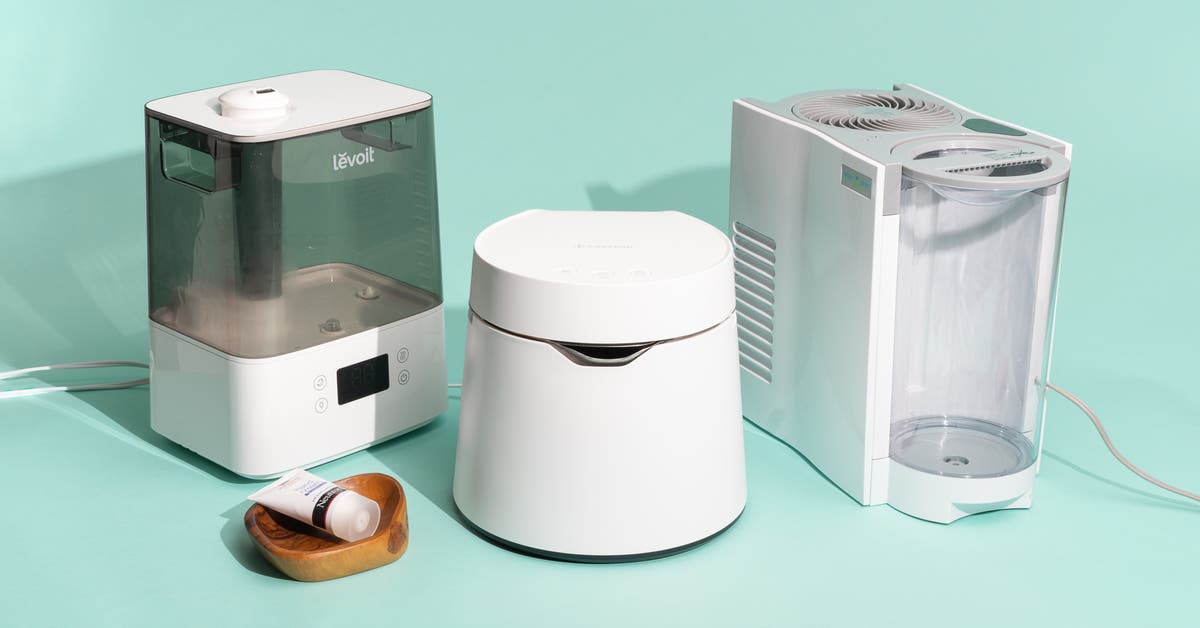
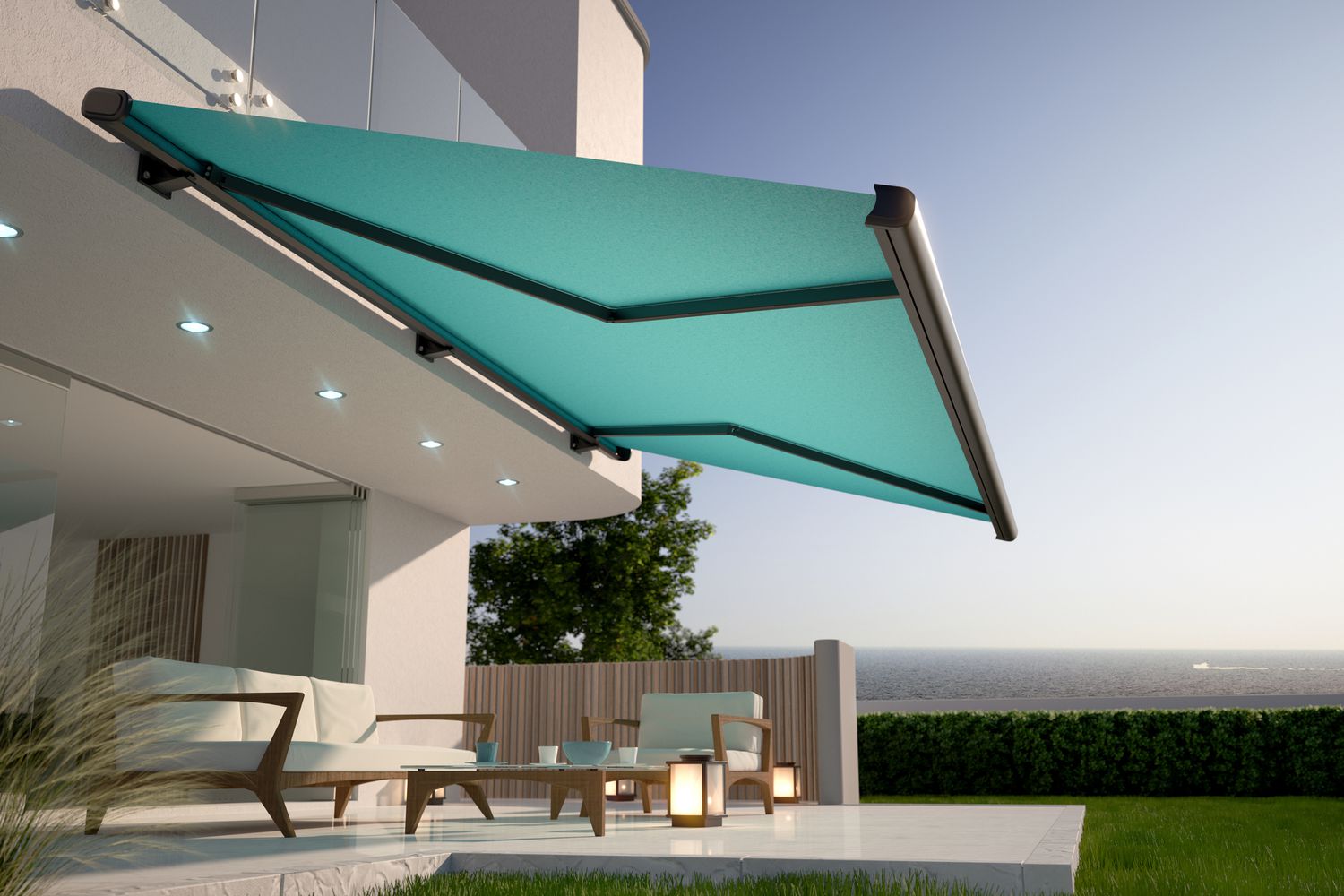


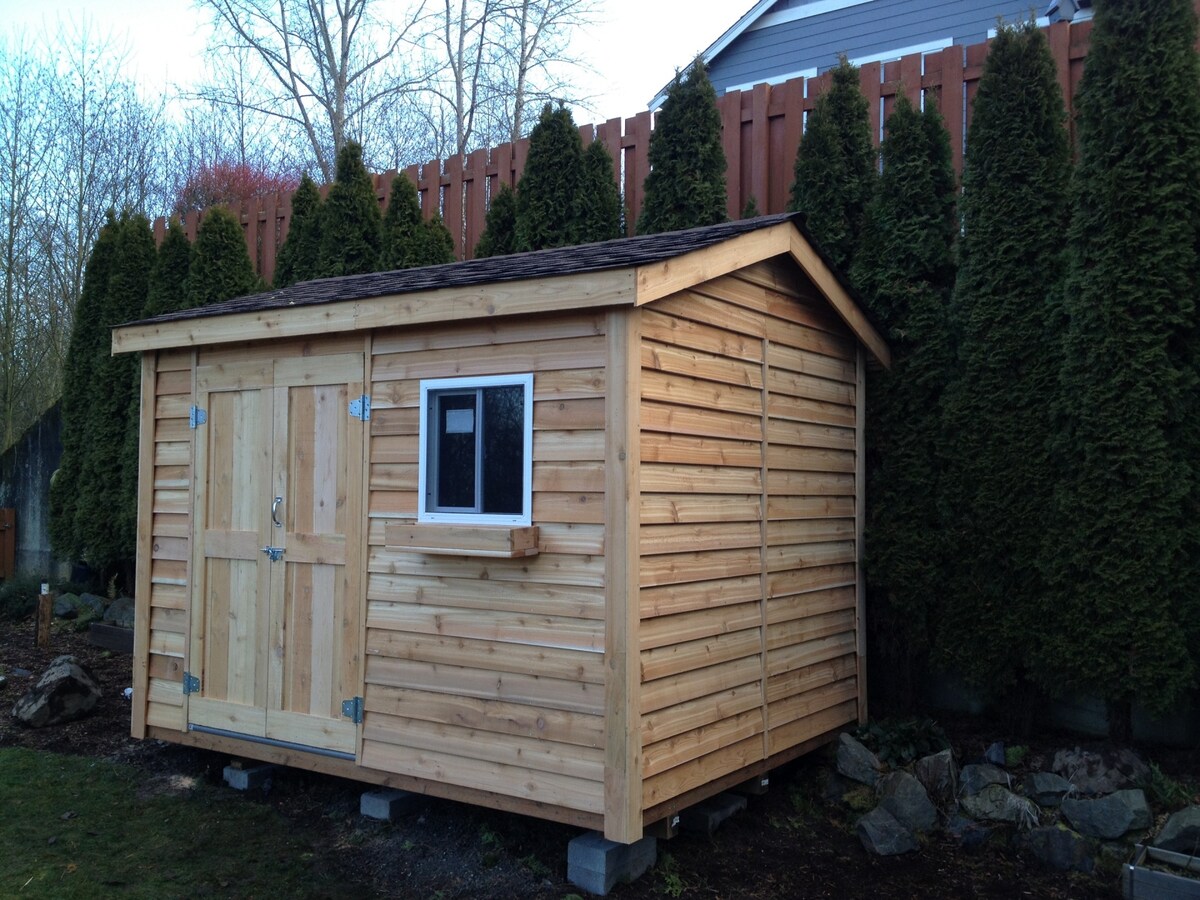
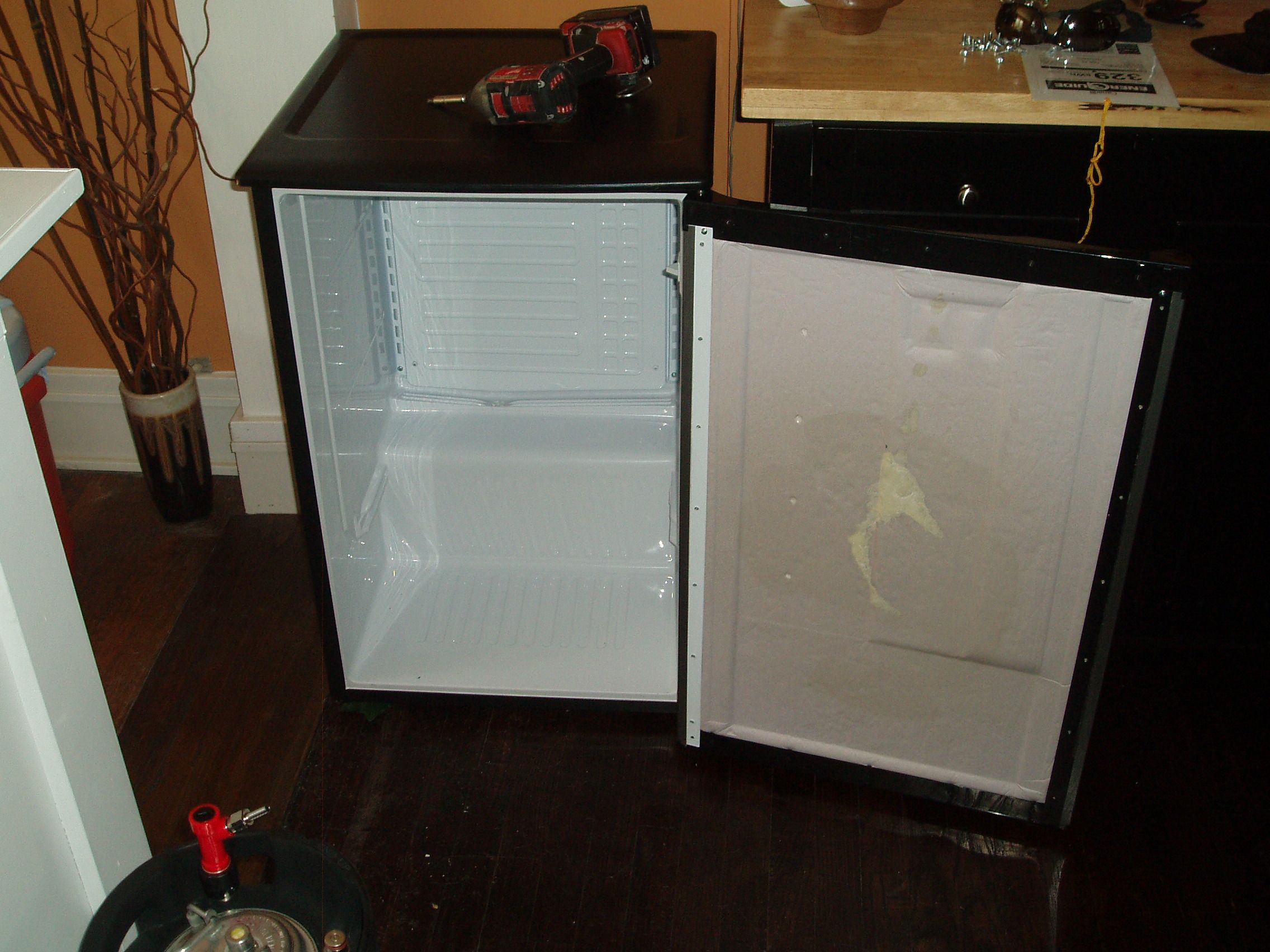
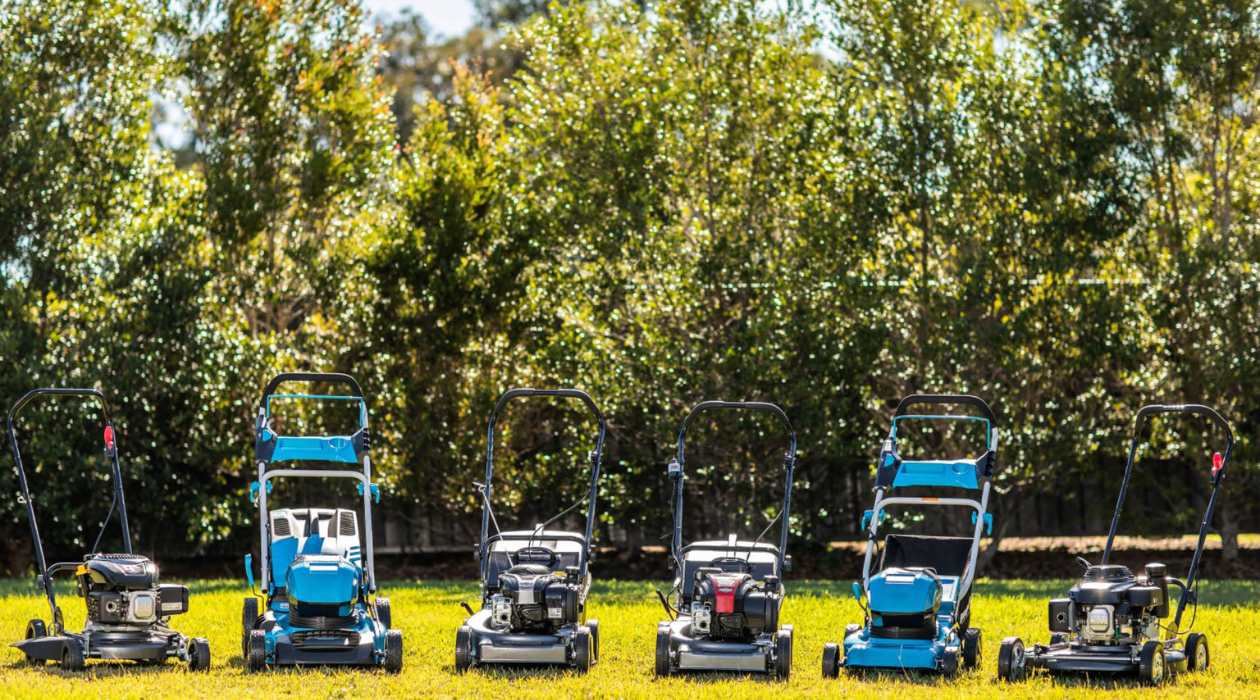
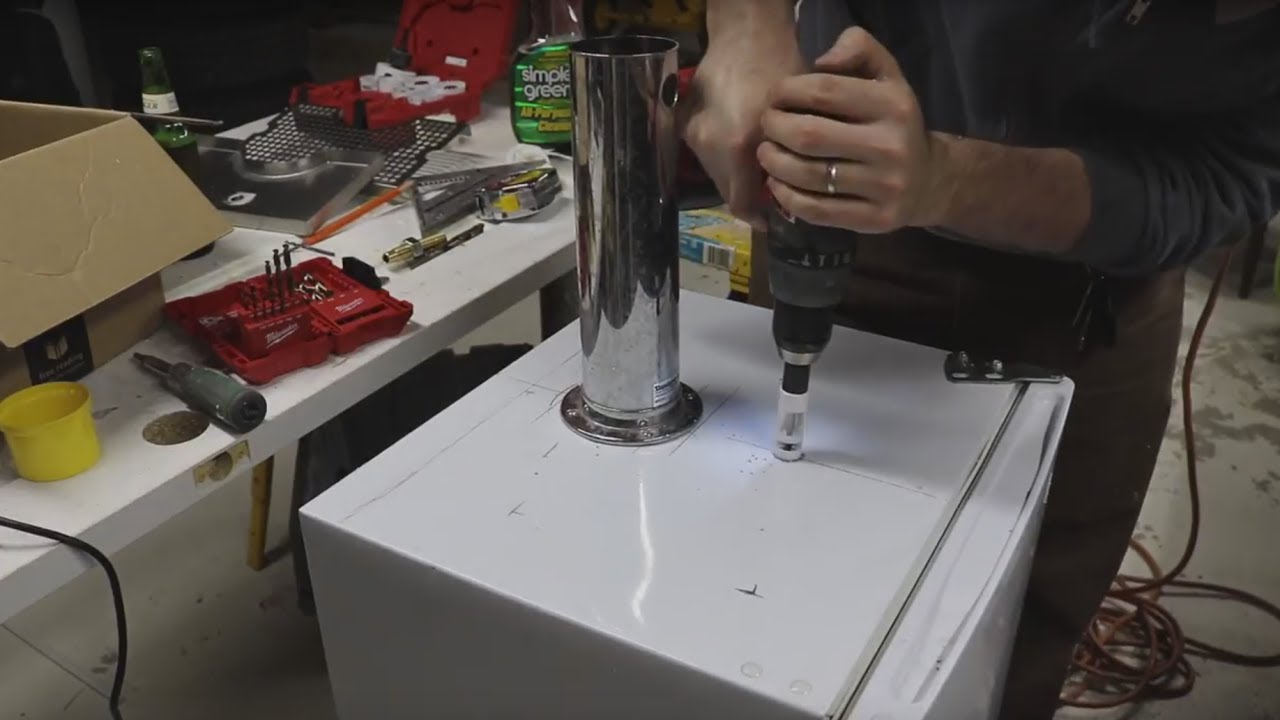
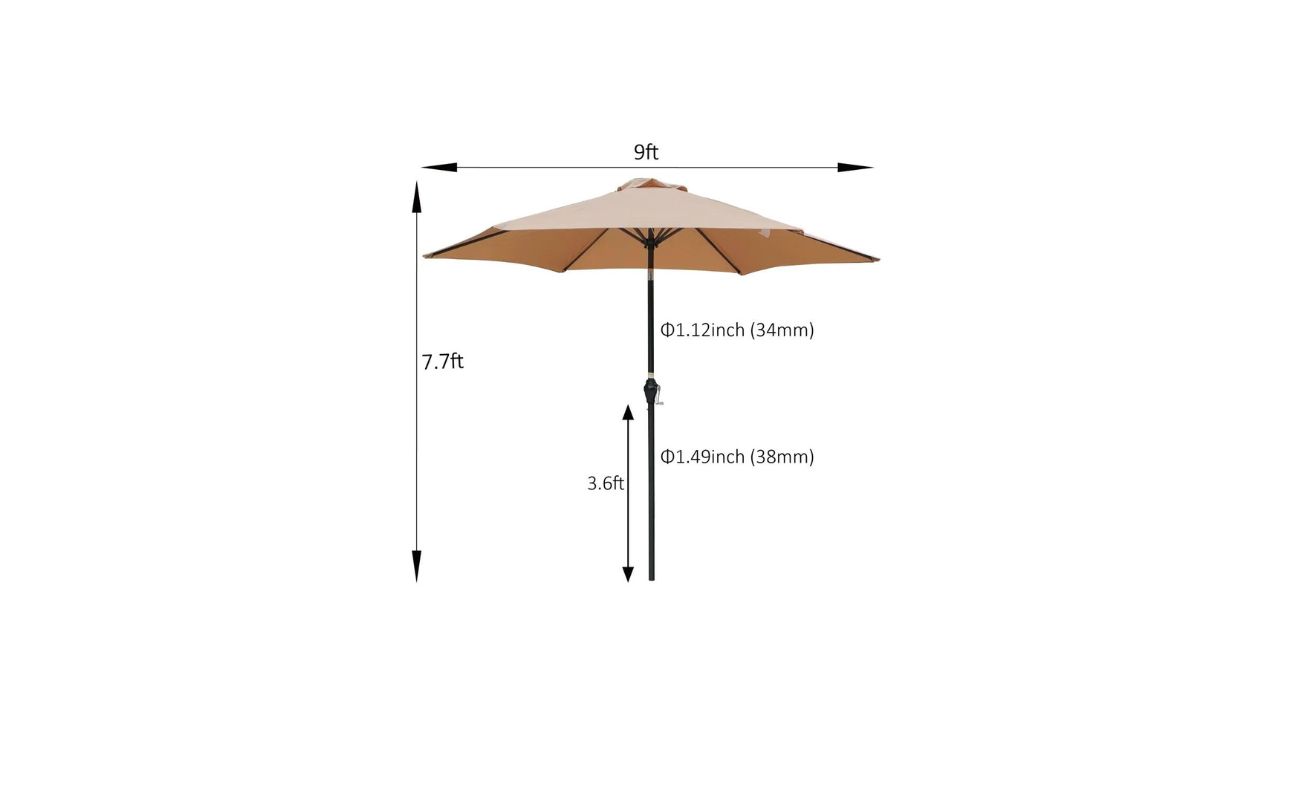
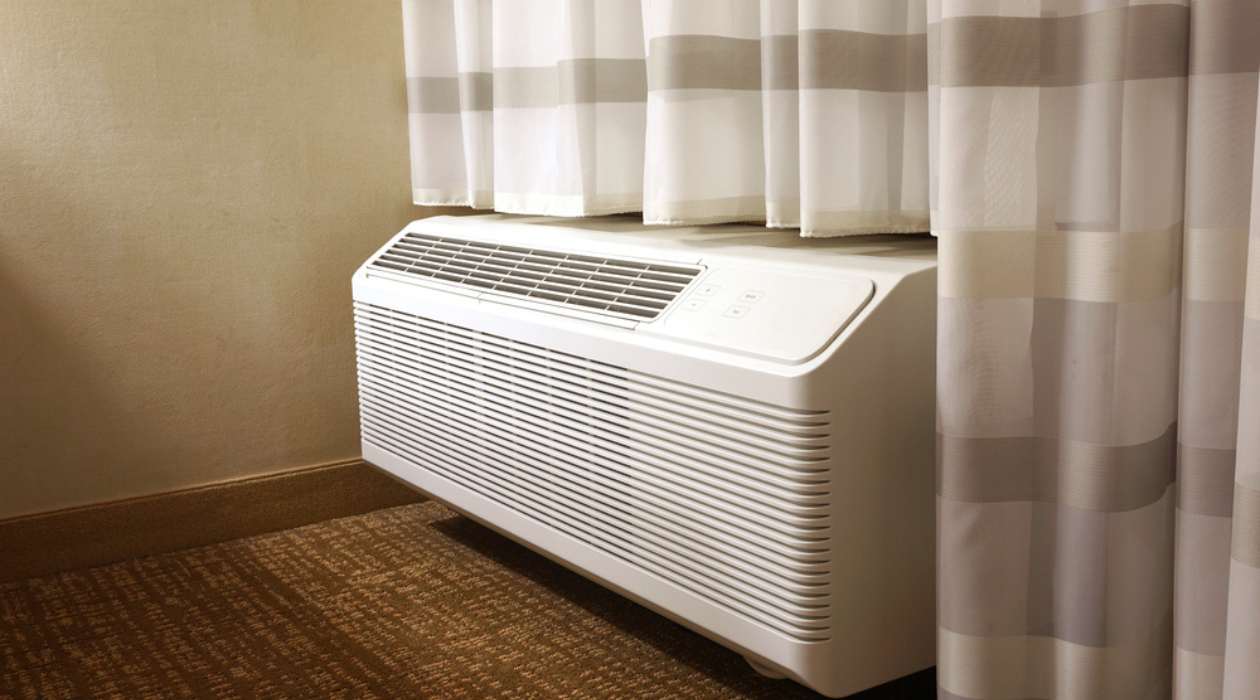
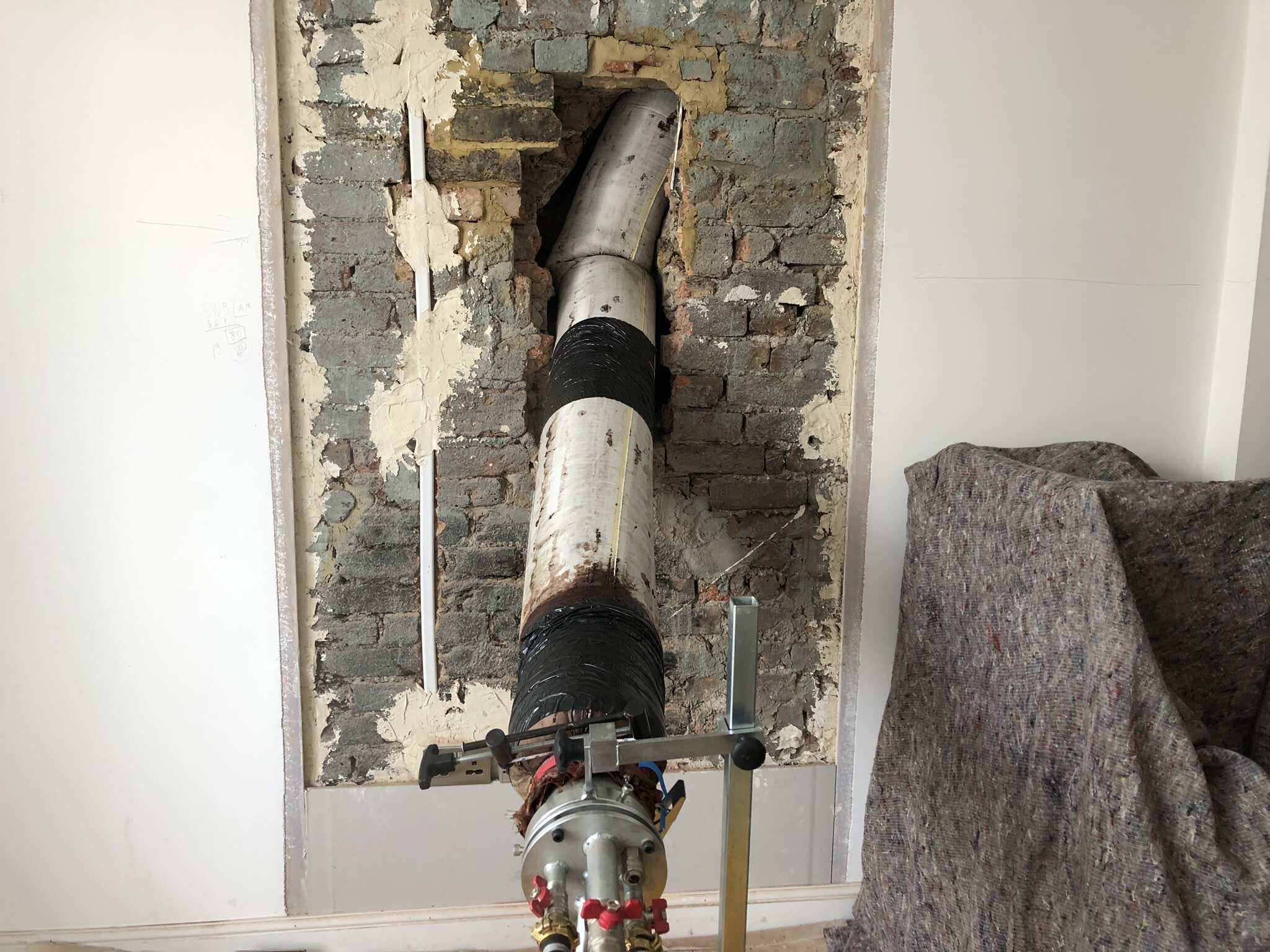
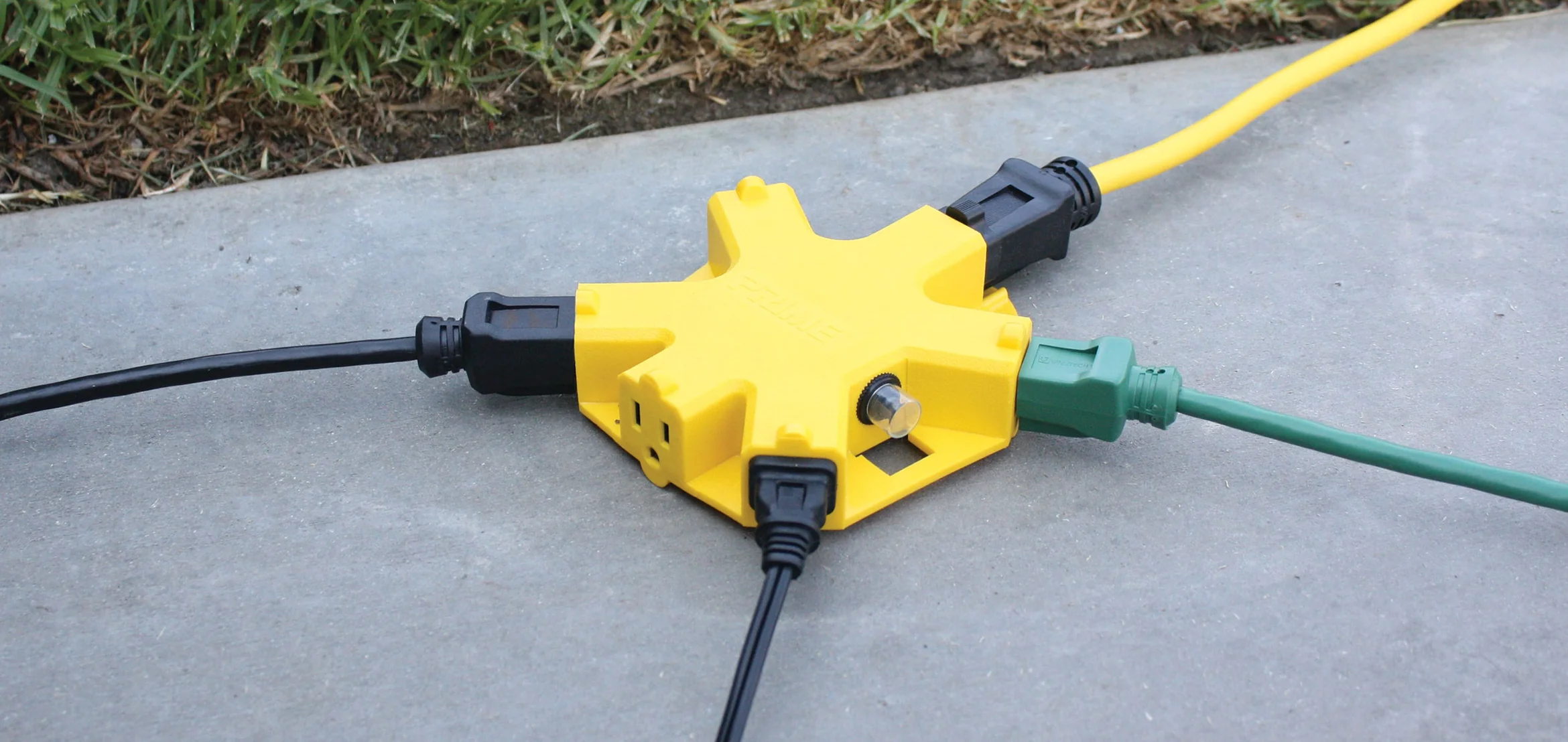



0 thoughts on “What Size Mini Fridge Do I Need For A Kegerator”